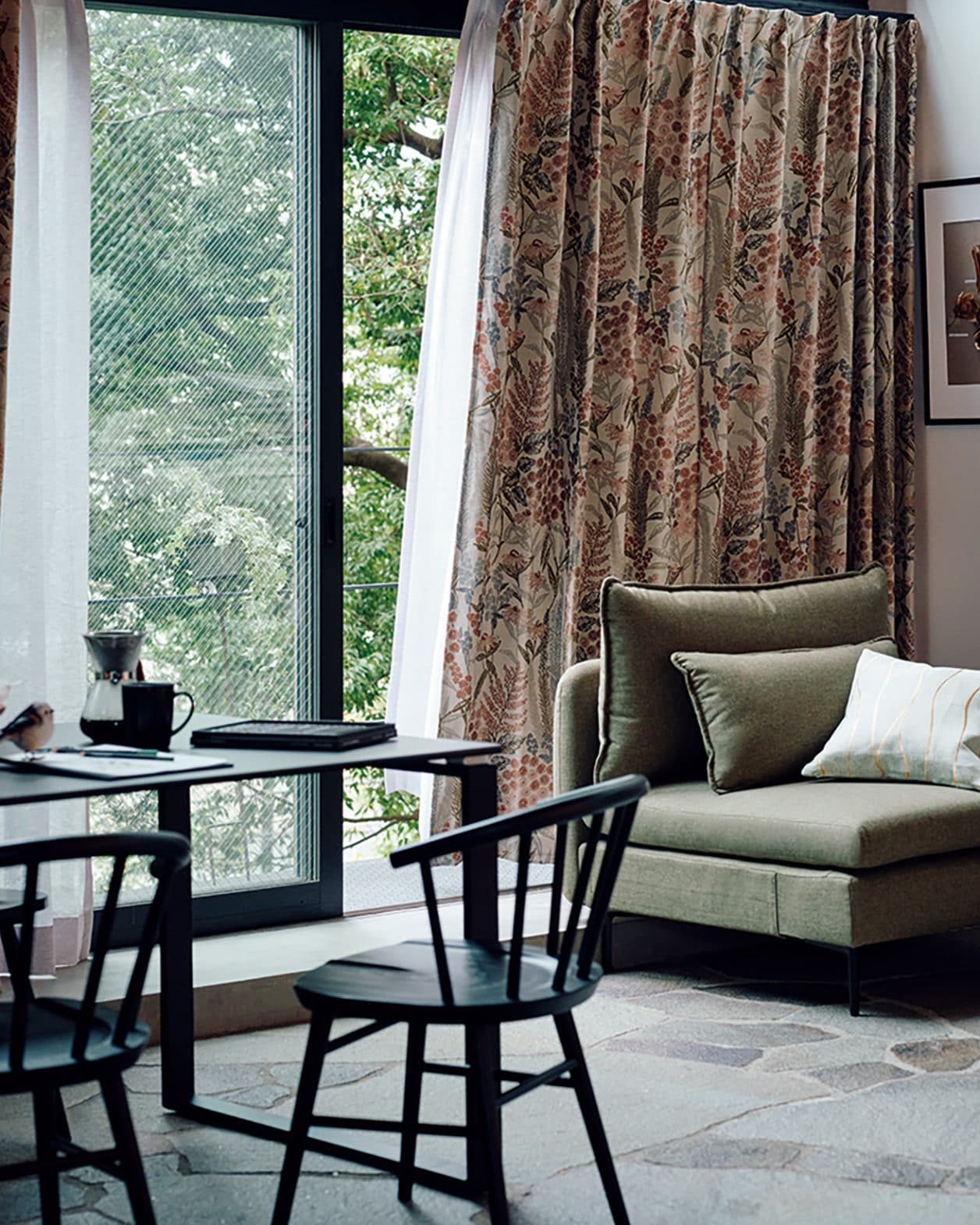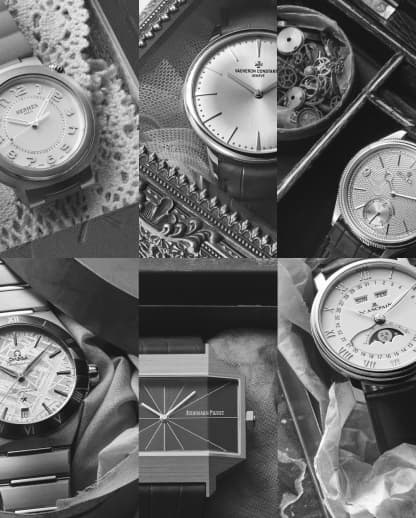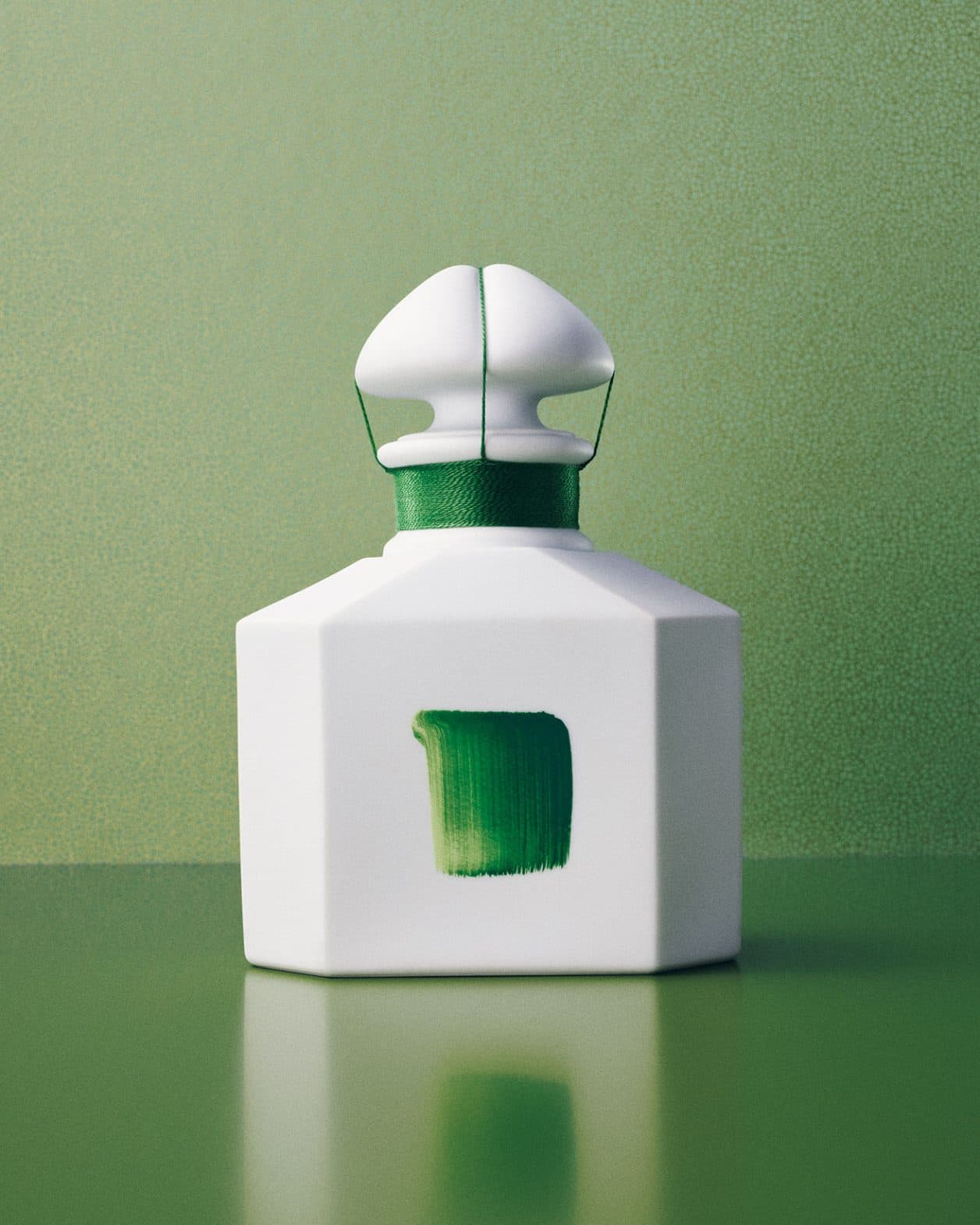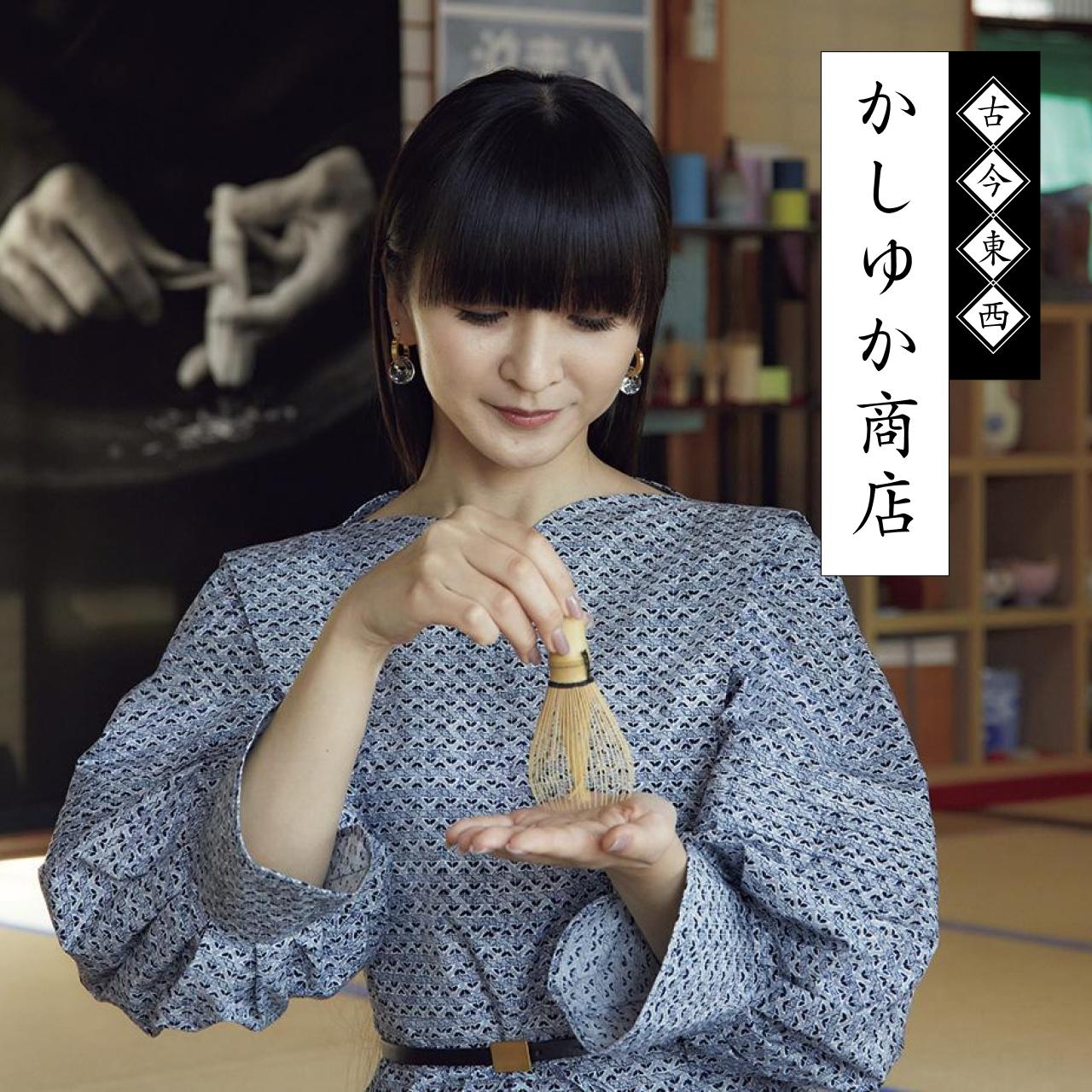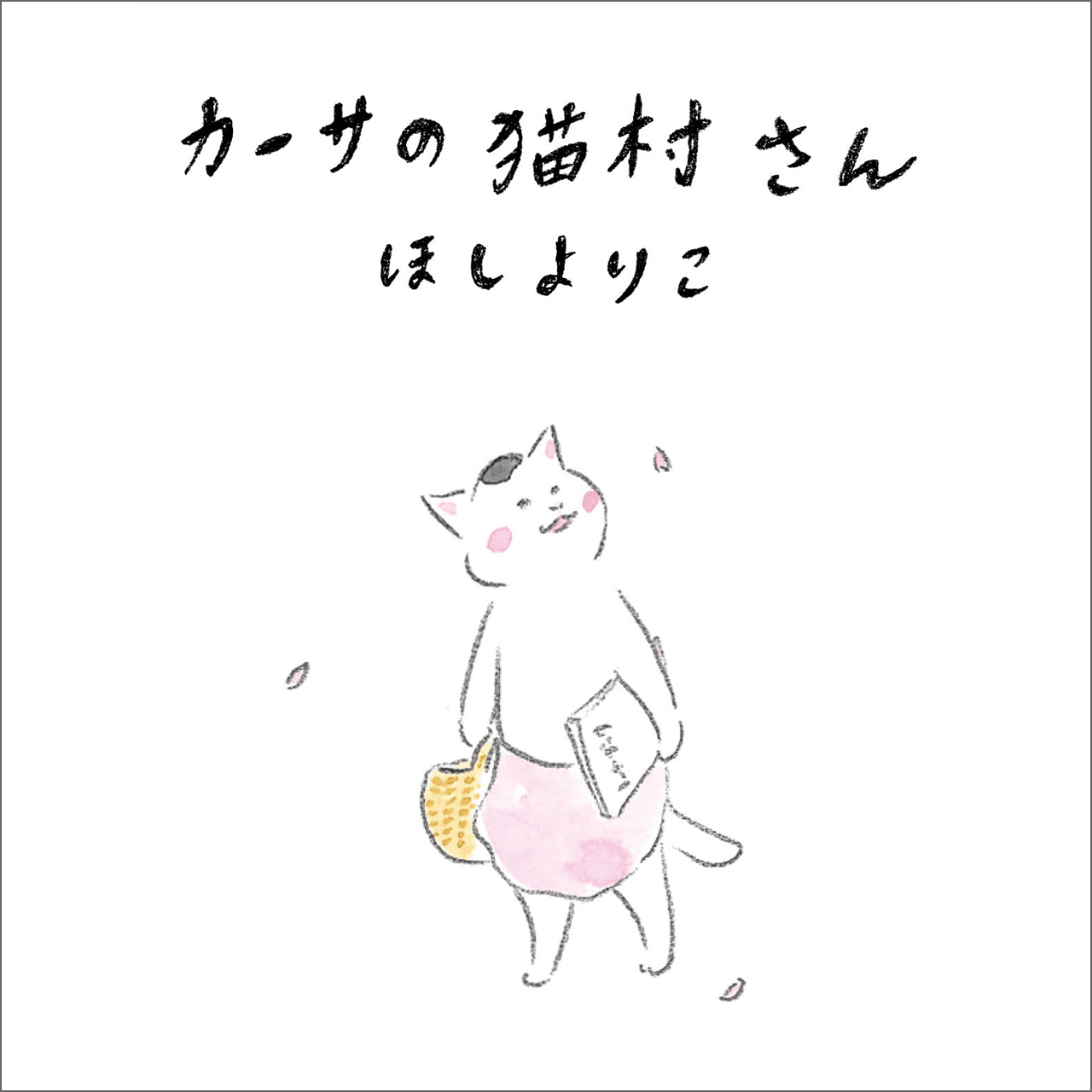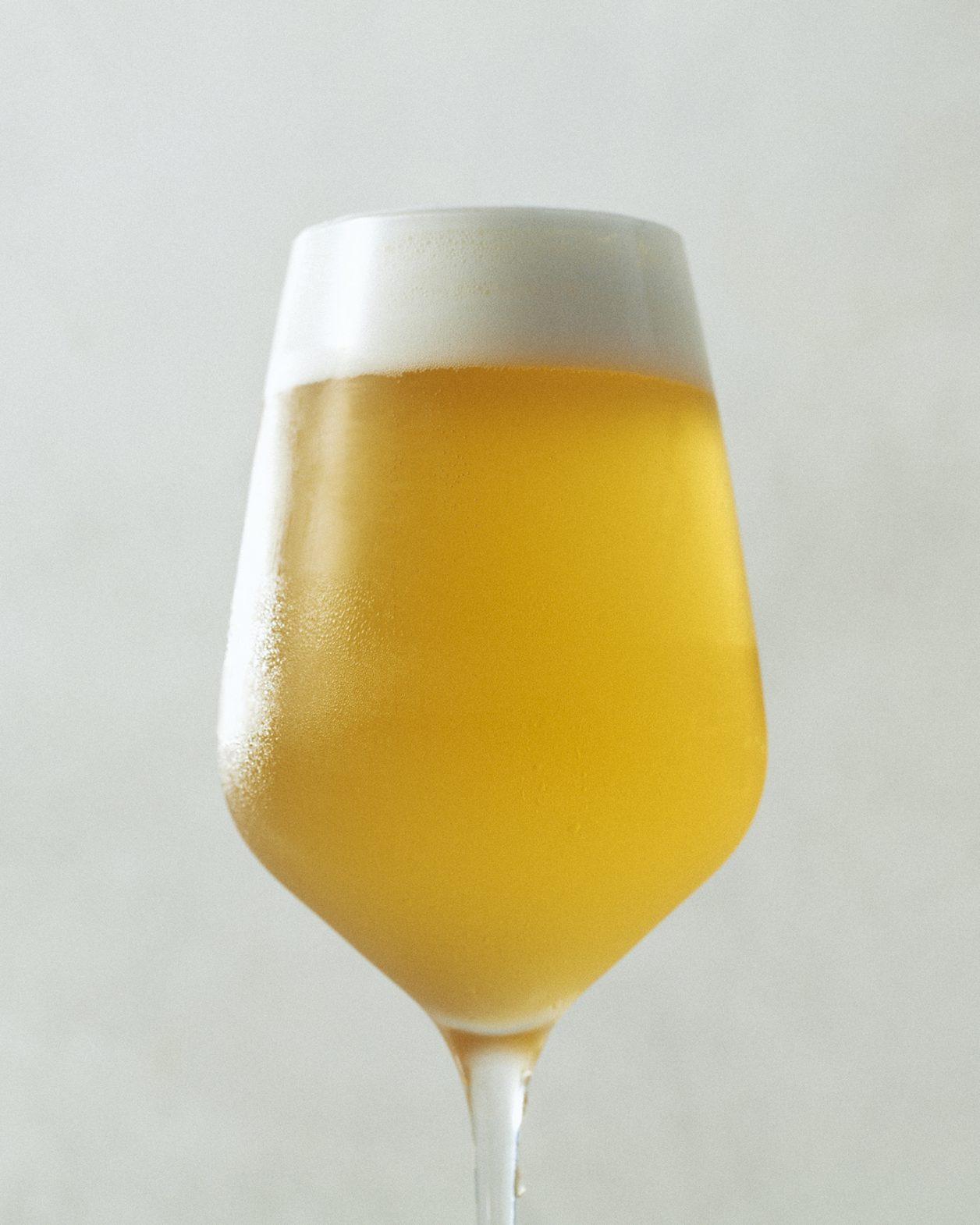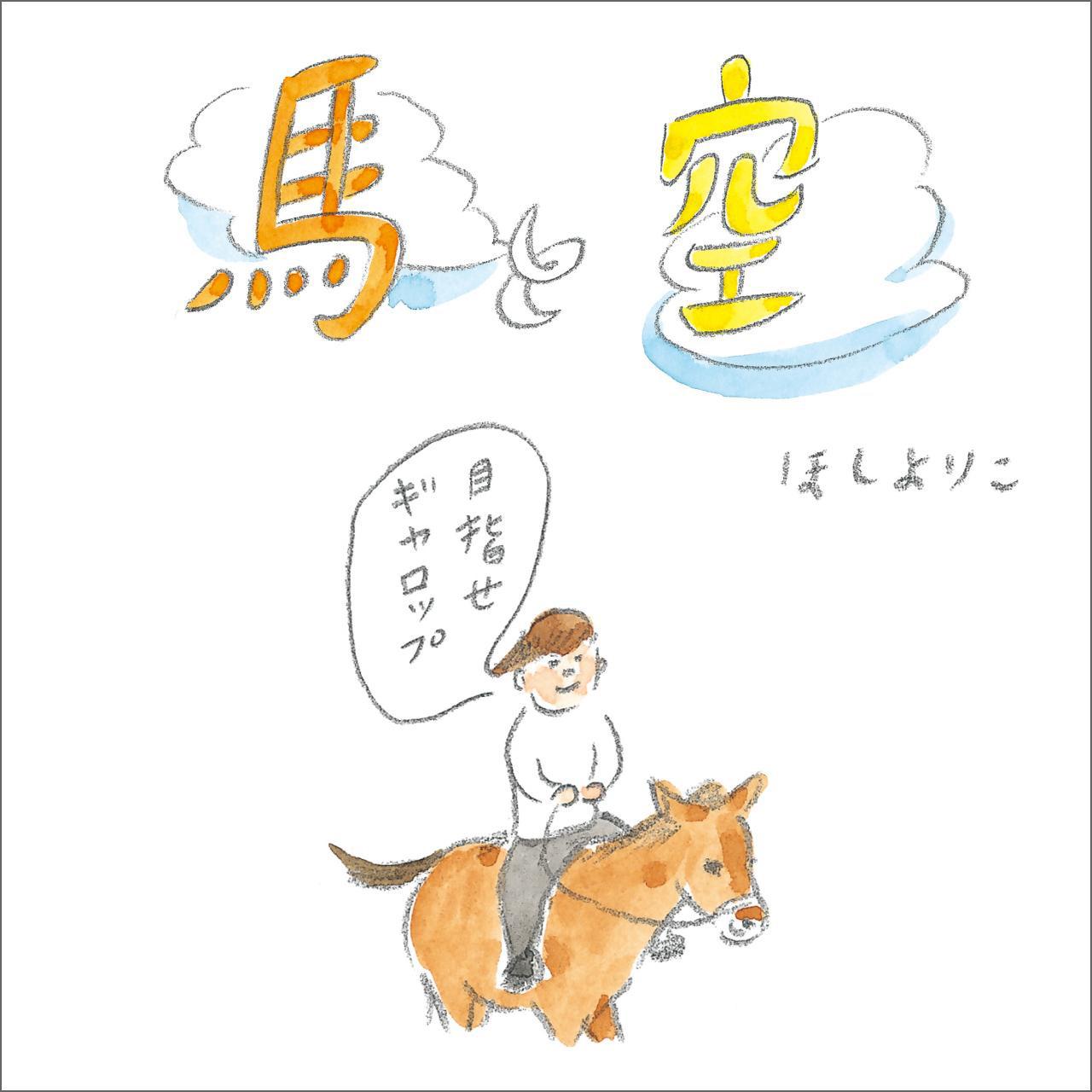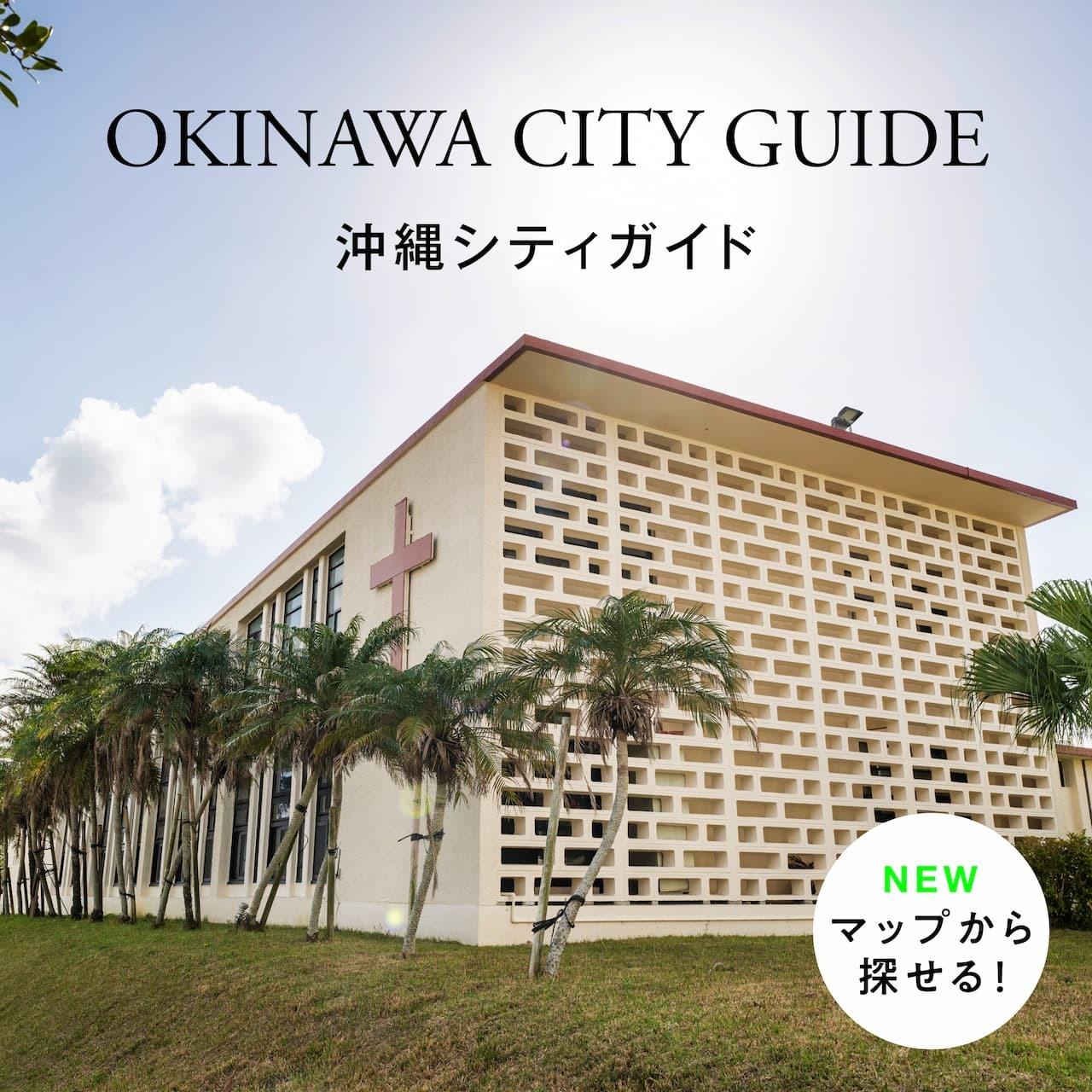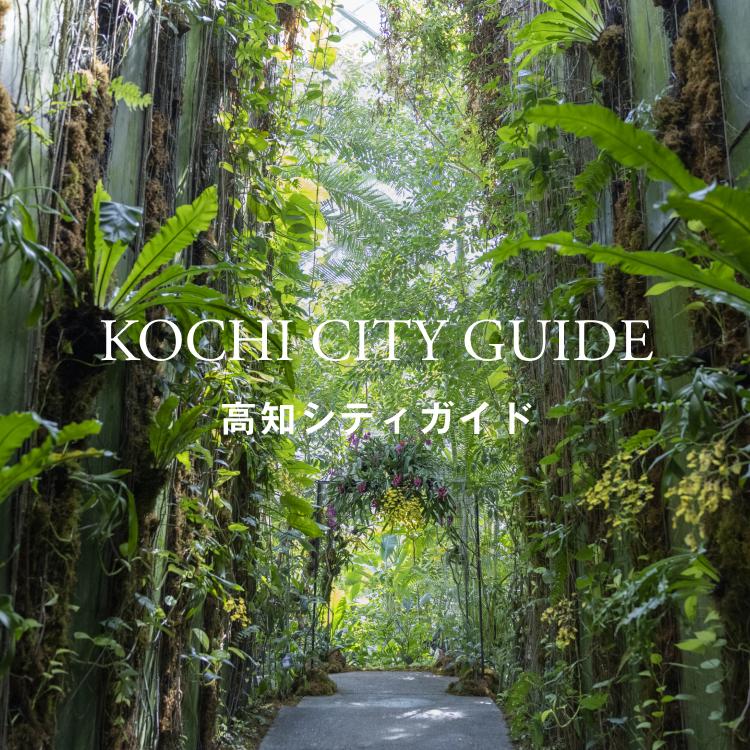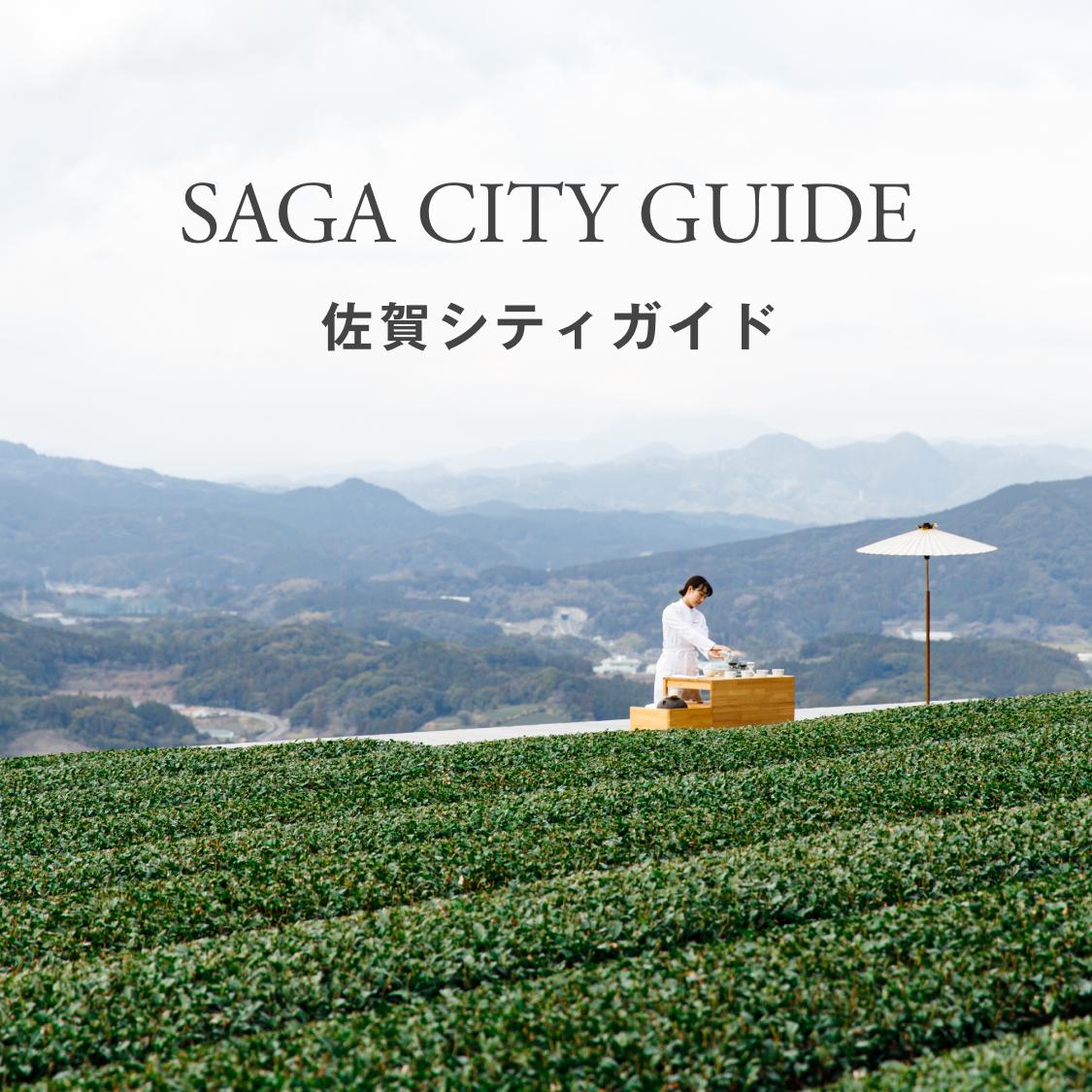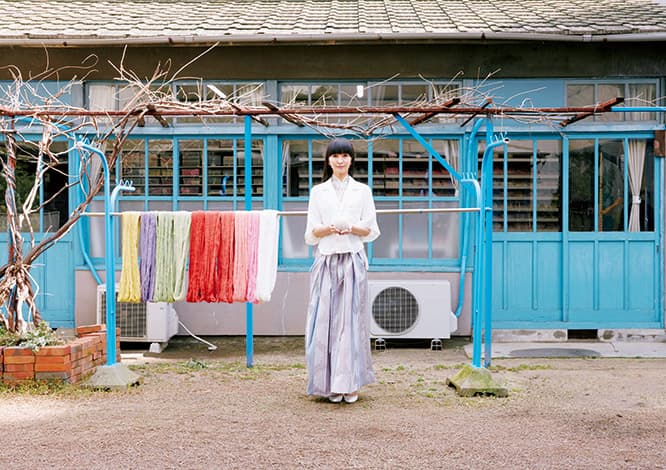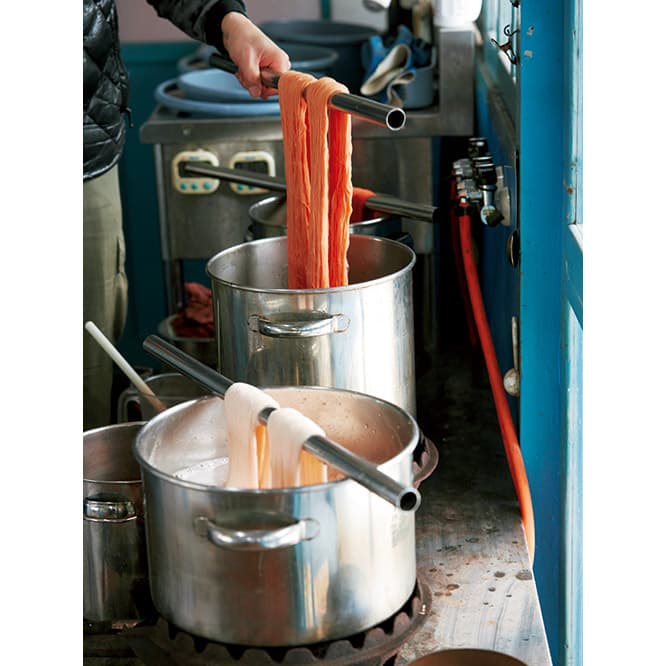DESIGN
Kokontozai: KASHIYUKA’s Shop of Japanese Arts and Crafts /[ Sanukikagari Temari]
『カーサ ブルータス』2019年6月号より
| Design, Travel | KASHIYUKA’s Shop of Japanese Arts and Crafts | photo_Keisuke Fukamizu editor_Masae Wako hair&make-up_Masako Osuga translation_ Mika Yoshida & David G. Imber
Searching all of Japan for handcrafted items that express its heart and soul, our proprietor, KASHIYUKA, presents things that bring a bit of luxury to everyday life. She traveled to Kagawa prefecture, the area once called “Sanuki Country”, to visit a workshop making Sanukikagari Temari, a local, traditional toy made using exquisite cotton yarn.
Loading...




